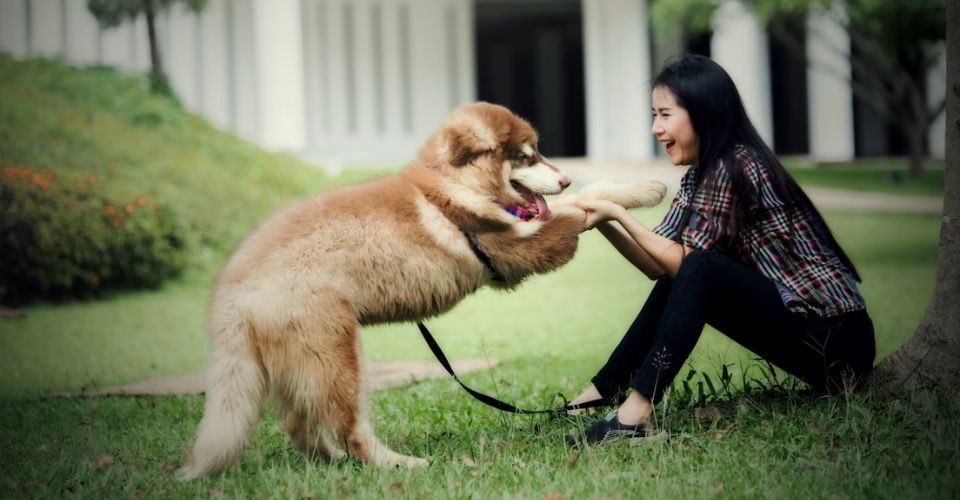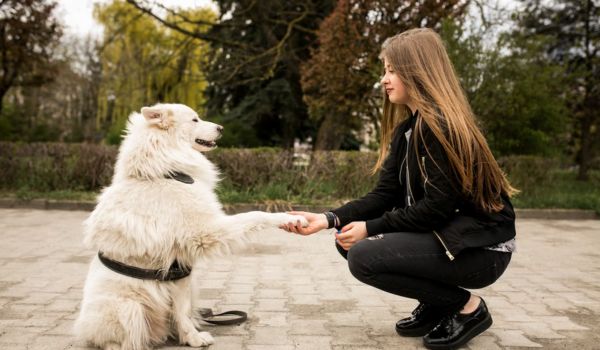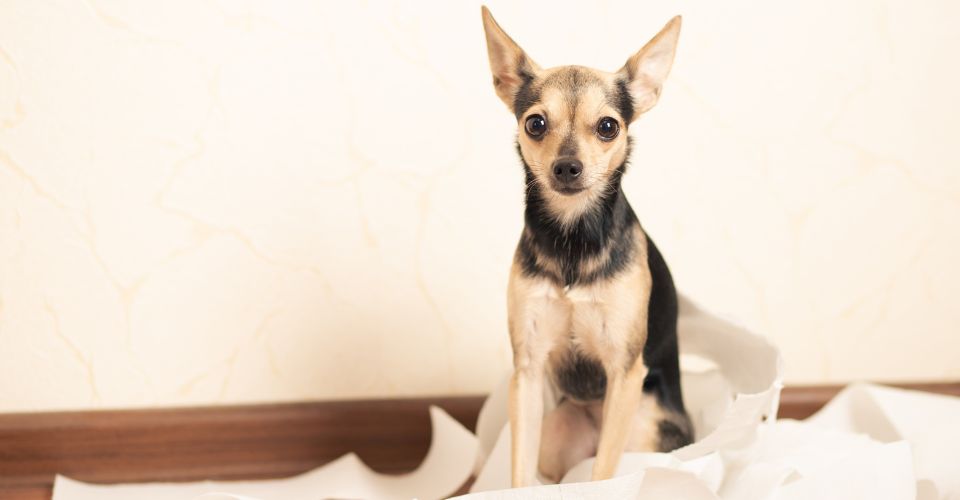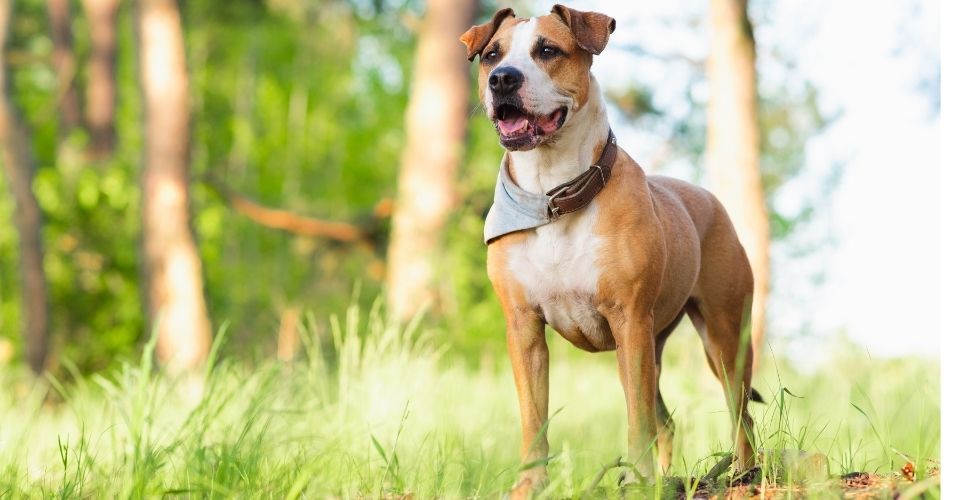Have you ever experienced the feeling of excitement when approaching a furry friend, only to be met with a sudden slap or bite when you go in for a pet? If you have ever found yourself saying, “Dog hits me when I pet him,” then you are not alone. While we all want to give our four-legged companions some love and affection, sometimes things do not always go as planned. Petting-induced aggression is a common behavior in dogs that can lead to injuries, lawsuits, and even a strained relationship with our furry friends.
In this article, we will explore the causes and risks of petting-induced aggression and provide you with practical tips and solutions to help prevent and manage this behavior.
Dog Hits Me When I Pet Him: Reasons
1. Anxiety and Stress
While it is true that many dogs crave attention and affection from their owners, petting-induced aggression is not necessarily a sign of affection-seeking behavior. This behavior can often stem from underlying issues such as anxiety, fear, or pain. When a dog becomes uncomfortable or overwhelmed by petting or other forms of physical contact, it may lash out to communicate its discomfort. This can include growling, snapping, or hitting with their paw.
Remember that dogs have their personalities and preferences, just like people do. While some dogs may love being petted and cuddled, others may prefer to be left alone or receive affection differently.
2. Injury
When a dog is injured, it can become hypersensitive to touch, and petting can cause pain, discomfort, or even fear. In such cases, the dog may react by biting (beware of dogs with strong bite force!) or hitting its owner to stop them from touching the affected area. This behavior is natural for dogs to protect themselves from further harm.
It is essential for pet owners to understand their dog’s behavior and to be cautious when petting their pets. It is also important to seek medical attention for any signs of injury, such as limping or swelling, to prevent further harm to the dog.
3. Overstimulation
Dogs are known for their playful and affectionate nature, but sometimes they may hit their owners when petted due to overstimulation. This behavior is often referred to as “overstimulation aggression” and can be seen in many dog breeds.
Overstimulation occurs when a dog is overly excited, aroused, or stimulated, often through petting or play. When a dog reaches a certain threshold of stimulation, it may become agitated or overwhelmed and react by biting or hitting its owner. Owners should also be cautious when petting or playing with their dogs and be aware of their dog’s limits.
4. Seeking Variations
Dogs are social animals that crave attention and affection from their owners. However, they may hit or paw their owners when they want more or slightly altered petting. This behavior is a way for dogs to communicate with their owners and express their desires.
Dogs have different preferences when it comes to petting; some may enjoy belly rubs, while others prefer head scratches. If a dog wants more petting or a different kind of petting, it may hit its owner to get their attention or guide their hand to the desired area.
What to Do if Your Dog Hits You When Petting?
1. Do Not Encourage It
When a dog hits or paws at their owner, it is important not to reinforce this behavior with attention or positive reinforcement, as this can lead to more hitting behavior. Instead, it’s important to redirect the dog’s behavior by using positive reinforcement for desirable actions.
For instance, if a dog hits its owner for attention, the owner should wait until the dog is calm before petting them and then reward the dog with attention and praise. If the dog hits its owner when being petted, the owner should stop petting and allow the dog to calm down before resuming petting.
2. Be Gentle
When petting a dog, paying attention to its body language and respecting its personal space is important. A dog that is uncomfortable or in pain may hit or paw at its owner to communicate. To avoid this, start by petting the dog in a neutral area, such as its back or shoulder, and avoid sensitive areas, such as its face or ears.
It is also important to gently touch and avoid sudden or rough movements. Dogs can be sensitive to touch, and a sudden movement can startle them or cause pain. Petting should be slow and gentle, with light pressure and a soothing voice to help the dog relax.
How to Know if Your Dog Is Hitting You Because of Anger?
Like any other animal, dogs have ways of expressing their emotions, and anger is one of them. Anger in dogs is often a response to a perceived threat or when they feel cornered or uncomfortable. Recognizing the signs of anger in dogs is essential for pet owners to ensure their safety and avoid any potential risks.
Here are some signs of anger in dogs:
- Growling: Growling is a clear sign of a dog expressing its anger. It is often the first indication that a dog is feeling agitated, and it is essential to take heed of this warning.
- Baring Teeth: When a dog is angry, it may show its teeth to warn off a perceived threat or show its discomfort.
- Stiff Body: An angry dog may hold its body rigidly, with its ears back and tail straight or tucked between its legs.
- Raised Hackles: A dog’s hair may stand up along its back and neck when it is angry, indicating that it feels threatened.
- Snarling: Snarling is a more aggressive form of growling and is a clear sign that a dog is feeling angry and may attack.
- Lunging: An angry dog may lunge forward, indicating that it may attack.
- Biting: Biting is the most extreme sign of anger in dogs and is a clear indication that a dog is feeling threatened and will defend itself.
Should You Let Your Dog Hit You?
Allowing your dog to hit or bite you can lead to injuries and infections that can be painful and even dangerous. Dogs have strong jaws and sharp teeth, which can cause cuts, bruises, and puncture wounds that can become infected.
Dog bites can also transmit harmful bacteria, such as Pasteurella, which can cause a range of infections, including cellulitis, osteomyelitis, and septicemia. In addition, dog saliva contains bacteria that can cause serious infections, such as Capnocytophaga, which can lead to sepsis, meningitis, and other severe health problems.
If you do get bitten by your dog, it is important to clean the wound thoroughly with soap and water and seek medical attention if necessary. You may also need to receive a tetanus shot or antibiotics to prevent infection.
Conclusion
Petting-induced aggression is a common behavior in dogs that can have serious consequences. Understanding the reasons behind this behavior, such as anxiety, stress, injury, overstimulation, or seeking variations, is essential for pet owners to ensure their safety and avoid any potential risks. It is important to pay attention to your dog’s body language and use a gentle touch when petting them. If your dog hits or paws at you, redirect their behavior with positive reinforcement and avoid reinforcing the hitting behavior.






